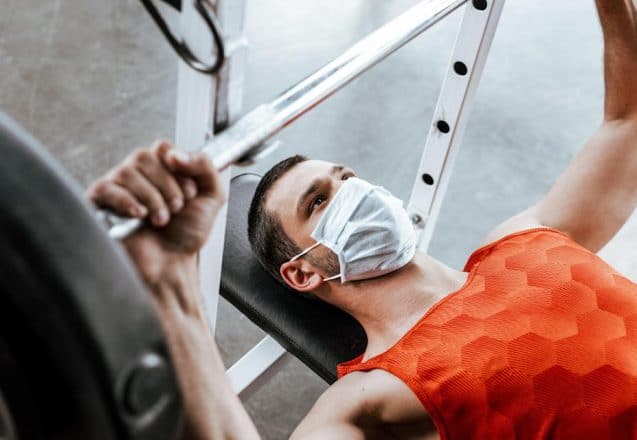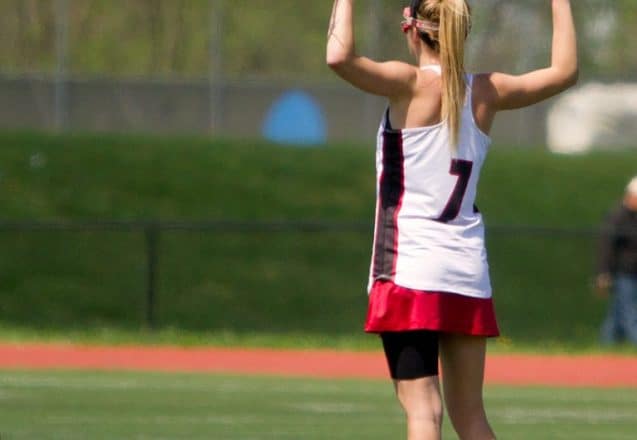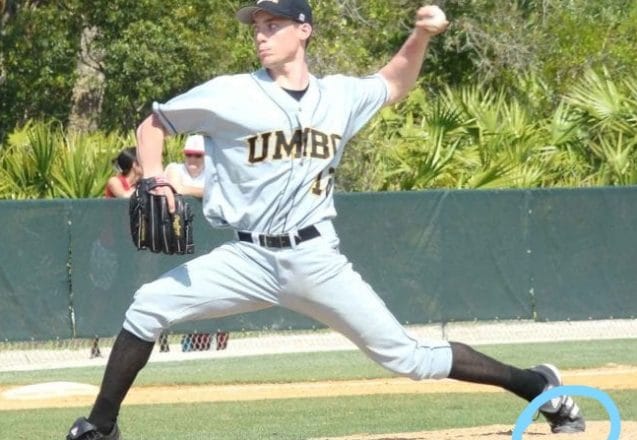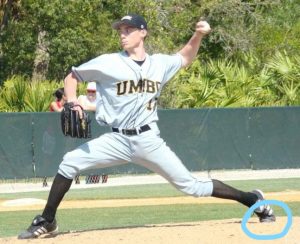Restarting Exercise After Covid ? 3 Things You Should Know
So, You Want Get Back Training After Covid; A Few Things to Know
It’s safe to acknowledge the damage that Covid has had on us physically, economically, and emotionally the past 2 years.
This is one for the textbooks.
The virus itself further highlights the weight of what being in control of your health really means.
However, just like any other sickness that takes this type of toll on your respiratory system, if you were an avid fitness enthusiast before you caught the virus and have been knocked out of your training routine for a few weeks, here are 3 intelligent strategies to help ease you back to the fitness levels you were at previously.
1.) Start at Low Intensity
Part of the biggest challenge mentally coming back from being sick is resisting the urge of wanting to do too much too fast.
During your “downtime” of recovery, your body is utilizing most of its resources to fight off the virus. This means your energy levels, and resources used for intense training, are being used to defeat the virus.
It’s natural for your strength levels to decrease during this time, especially your aerobic capacity as your lungs have not been able to operate at previous levels.
Trying to pick back up where you left off will put a demand on a system that doesn’t have the immediate resources to support the demand.
If you were an avid runner before catching covid, and are ready to start back running, then try running at lower speeds and shorter distances the first few times and progressively increase as you feel your threshold increasing.
2.) Decrease Frequency when Starting Out
Exercise is one of the best personal investments that you can make for yourself, especially true when implemented appropriately.
At the same time, exercise is also a calculated stress placed on the body.
Immediately after intense exercise, your body’s immune systems are temporarily weakened in response to those stresses.
Training too frequently at high intensities, unless you are an elite athlete, does not give your recovery systems enough time to reboot. This is why in part you are more vulnerable to catching viruses immediately after intense trainings.
The intelligent practice would be to give yourself enough time between trainings so that you are not constantly in a recovery state. Each time you recover, your baseline threshold to tolerate exercises stressors increases, allowing you to slowly increase the exercise intensity dosage.
3.) Get Sleep
Sleep is the natural steroid for human recovery, metaphorically speaking. This is where your body naturally restores itself and provides the resources necessary for your muscle cells and nervous system to recover.
When you cut yourself short of restoration, then you are not giving yourself a fair chance for optimal performance the next day, especially when recovering from covid.
Sleep is tantamount.
So, ease into your training, reduce training frequency when starting out, and get the quality sleep necessary as you begin back your exercise journey post covid.



![The Core Engaged Step Up [Video]](https://willisperformance-5e6c.kxcdn.com/wp-content/uploads/sites/199/2022/01/planking.jpeg)

